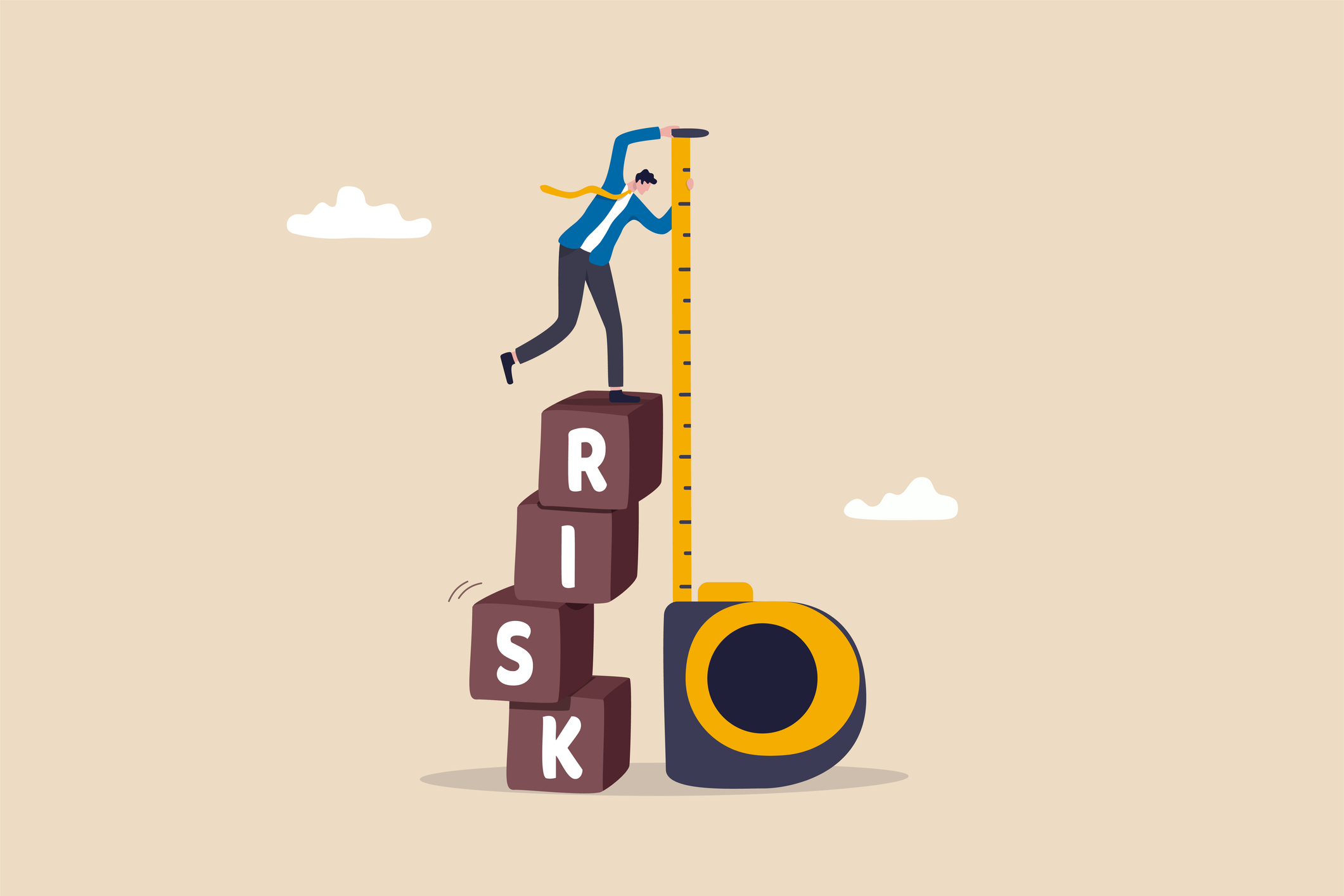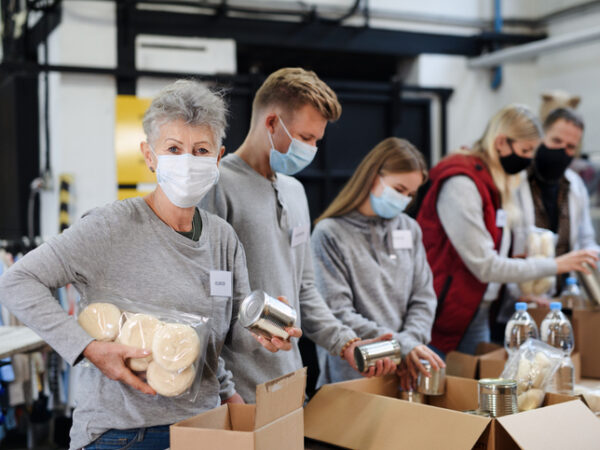As people prepare for the holiday season, there are more frequent visits to stores for groceries, presents, and household supplies – and more opportunities for exposure to COVID, influenza and RSV. Entering our third year of living with the novel coronavirus there have been many positive advances in care and prevention, but planning is still recommended for families gathering; consider your most vulnerable guest and take precautions to avoid severe illness.
Hopefully, everyone who is getting together has received both their COVID-19 bivalent booster and their annual flu shot. Those who are not fully vaccinated or are at high risk should continue to wear a mask indoors (and on planes and trains) where transmission rates are elevated. Of course, everyone should be practicing good hand hygiene upon returning home, before eating and after using the bathroom. The holiday season can be busy and exciting now that more families are able to gather, but it’s important for immune health to make time to de-stress, get enough sleep and eat a healthy diet.
Air travel, although fraught with delays and disruptions, has risen to 2019 levels, and many people have stopped masking, distancing, and quarantining after COVID exposure. But for people with a compromised immune system due to cancer treatment, transplant drugs, or chronic illnesses like diabetes, asthma, lung, kidney or liver disease, new coronavirus variants can lead to serious illness.
To protect vulnerable loved ones, friends and family may consider taking a rapid test before gathering. Anyone who feels sick should stay home and avoid spreading illness. It is not always possible, but limiting social contact in the week leading up to an important event or gathering can help reduce the risk of exposure to COVID and other transmissible illnesses.
People who do contract COVID and are medically eligible for the antiviral drug Paxlovid should talk to their doctor right away. A new study has found that people who took Paxlovid within five days after their infection were 26 percent less likely to experience long COVID symptoms 90 days later. Paxlovid also reduces the risk of hospitalization and death from coronavirus infection.
Read more about the latest guidelines from the Centers for Disease Control and Prevention about Covid isolation and precautions, and for an isolation and exposure calculator, visit the CDC website here.






Add Your Voice
0 Comments
Join the Discussion